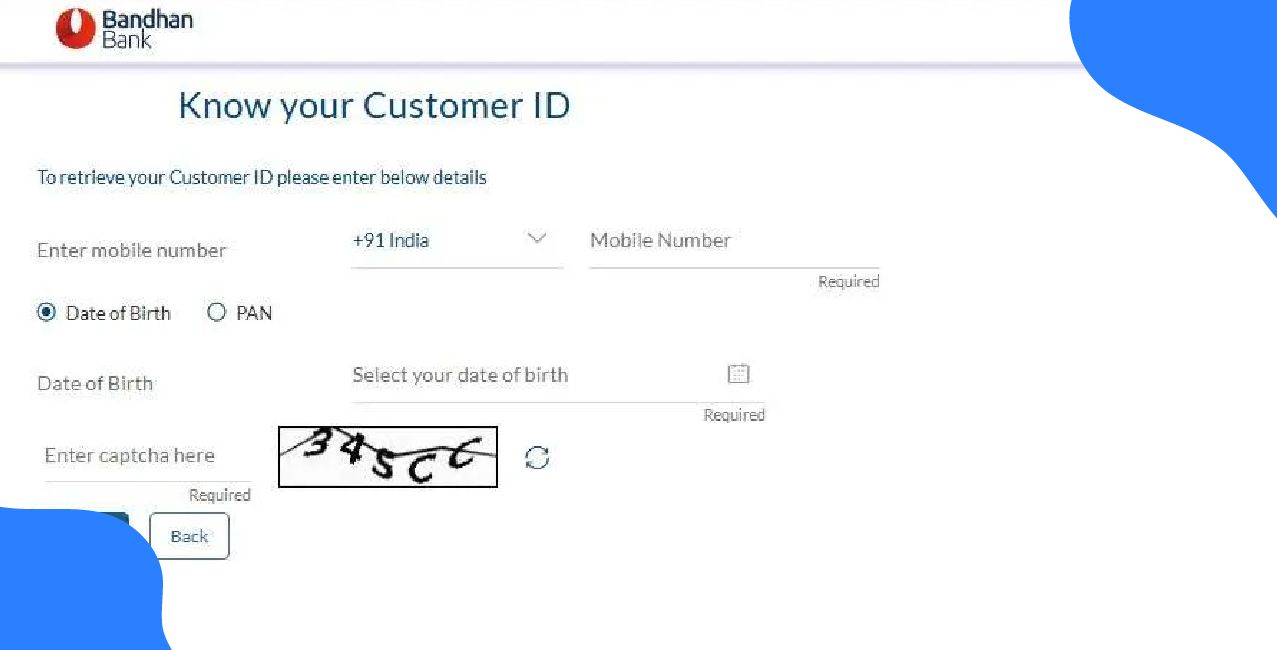
Author
LoansJagat Team
Read Time
6 Min
23 Jul 2025
Tax Saving Options For Salaried – Top Deductions & Smart Tips
Tax saving helps salaried individuals reduce their taxable income and keep more of their hard-earned money. By using government-approved schemes and deductions, one can lower tax liability smartly.
Let’s take the example of Priya, a software engineer earning ₹12,00,000 annually. She wants to legally save on taxes. By investing under Section 80C, choosing a health insurance policy, and using her home loan interest, she reduces her taxable income significantly.
By planning her investments wisely, Priya saves ₹1,17,000 in taxes. Salaried employees can also use these options to grow wealth while reducing taxes.
Smart Ways to Save Tax Under the Old Regime
Salaried employees under the old tax regime can legally reduce their tax outgo by using key deductions, exemptions, and allowances provided by the government.
Let’s take the case of Raj, a marketing executive with an annual salary of ₹10,00,000. He uses different tax-saving tools to lower his taxable income.
By planning his finances carefully, Raj brings down his tax liability by over ₹1.24 lakh. Employees can follow similar steps to both save taxes and build long-term wealth.
Simple Ways to Make the Most of Section 80C
Section 80C helps salaried individuals cut down their tax by allowing deductions up to ₹1.5 lakh each year. To get the best out of it, you should choose a mix of safe and growth-oriented options.
Here’s how you can use Section 80C smartly:
To maximise your savings, combine secure options like PPF with growth-focused ELSS. Always check the full list of eligible instruments under Section 80C to avoid missing any benefit.
Read More – What are ELSS Funds? Meaning, Benefits, & Best ELSS to Invest
Hidden Tax Benefits for Salaried Employees
Apart from the well-known Section 80C, salaried individuals can also reduce their tax through some lesser-known but valuable deductions. Here’s how you can take advantage of them:
- Claim health insurance under Section 80D
You can deduct up to ₹25,000 for premiums paid for yourself, your spouse, and children. If you also pay for your parents’ insurance and they are senior citizens, you can claim an additional ₹50,000.
- Use Section 80E for education loan interest
If you're repaying an education loan for yourself, your spouse, or your children, you can claim the full interest paid in a year as a deduction. This benefit continues for up to 8 years, starting from the year you begin repayment.
- Deduct charitable donations under Section 80G
If you donate to approved charities or relief funds, you can claim a deduction of 50% of the donated amount. Make sure the organisation is registered and keep the receipt for proof.
These extra deductions can make a real difference when filing your taxes.
Save More with HRA and Home Loan Benefits
Salaried employees can lower their taxable income by smartly using both House Rent Allowance (HRA) and home loan deductions. These are two of the most effective tools under the old tax regime.
If you live in a rented house, you can claim HRA exemption. The amount exempt depends on your salary, how much rent you pay, and whether you live in a metro city. Even if your salary includes HRA, you must pay rent to claim this benefit.
At the same time, if you have taken a home loan, you can enjoy multiple tax benefits. The amount you repay towards the principal of the loan is allowed as a deduction under Section 80C, up to ₹1,50,000 a year.
Additionally, you can claim up to ₹2,00,000 each year on the interest paid under Section 24(b). If you are a first-time homebuyer, Section 80EEA offers an extra deduction on interest up to ₹1,50,000, subject to conditions.
Combining both options gives greater tax relief.
Plan for Retirement and Save Tax Together
Retirement planning does more than secure your future—it also helps reduce your taxes today. By using government-supported schemes, salaried employees can build long-term savings while enjoying tax benefits.
Take the example of Anil, an IT professional earning ₹9,00,000 a year. He uses multiple retirement schemes to lower his tax burden and prepare for life after work.
Extra Deductions You Shouldn’t Miss
If you are a salaried employee following the old tax regime, some additional deductions can reduce your tax bill further. These benefits apply over and above the commonly used sections like 80C or 80D.
- Claim the Standard Deduction
Every salaried employee can claim a flat deduction of ₹50,000 from their gross salary each financial year—no bills or proof required.
- Use Transport Allowance (for Disabled Employees)
Employees with disabilities are eligible for an extra exemption on transport allowance, offering some extra relief from tax.
- Take Advantage of Leave Travel Allowance (LTA)
You can claim an exemption on travel expenses for domestic holidays taken with your family. This benefit is allowed twice in a block of four years, but only for actual travel costs, not on food or hotel bills.
Reviewing and using these lesser-known deductions can help you lower your taxable income without much effort.
Also Read - What Is a Debt Mutual Fund: Types, Benefits, Risks & Taxation Rules
Smart Tax Planning for Salaried Senior Citizens
Senior citizens who are still working can benefit from special tax reliefs under the old tax regime. These advantages allow them to save more and manage their finances better.
- Enjoy higher exemption limits
If you're 60 or older, your basic exemption limit rises to ₹3,00,000. For those aged 80 and above, the limit increases further to ₹5,00,000.
- Get more benefits under Section 80D
You can claim up to ₹50,000 as a deduction for health insurance premiums—more than the regular limit available to younger individuals.
- Avoid TDS on interest income
If your total income is below the taxable limit, you can submit Form 15H to the bank. This prevents tax from being deducted on interest earned from savings or fixed deposits.
To reduce tax efficiently, senior salaried employees should combine these benefits with deductions like 80C, 80E, and HRA. Using tools like an online income tax calculator can also help you estimate your tax correctly and plan better.
Conclusion
Tax planning isn’t just about saving money; it helps you manage your income and plan for the future. If you're a salaried person under the old tax regime, there are many simple ways to reduce your taxable income.
You can claim up to ₹1,50,000 using options like PPF, ELSS, life insurance, and home loan principal. You also get extra benefits for health insurance, education loans, and donations. HRA, EPF, VPF, and NPS also help.
With smart planning and simple tools, tax filing becomes much easier and stress-free.
FAQ’s
Can I claim both HRA and home loan benefits?
Yes, you can claim both if you pay rent and also repay a home loan, provided you meet the conditions for each.
Is ELSS better than PPF for tax saving?
ELSS offers higher returns but carries market risk. PPF is safer with fixed, tax-free returns. Choose based on your risk level.
What is the maximum deduction under Section 80C?
You can claim up to ₹1,50,000 in a financial year through various eligible investments and expenses under Section 80C.
Can senior citizens claim the standard deduction?
Yes, all salaried individuals, including senior citizens, can claim a flat ₹50,000 standard deduction from their salary income.
Do I need to submit proof for all deductions?
Yes, you must keep and submit valid documents for all claimed deductions when asked by your employer or tax department.
Other Related Pages | |||
About the Author

LoansJagat Team
‘Simplify Finance for Everyone.’ This is the common goal of our team, as we try to explain any topic with relatable examples. From personal to business finance, managing EMIs to becoming debt-free, we do extensive research on each and every parameter, so you don’t have to. Scroll up and have a look at what 15+ years of experience in the BFSI sector looks like.

Quick Apply Loan
Subscribe Now


